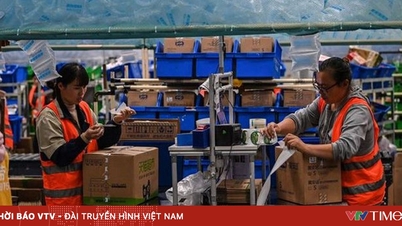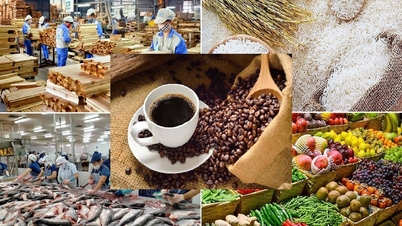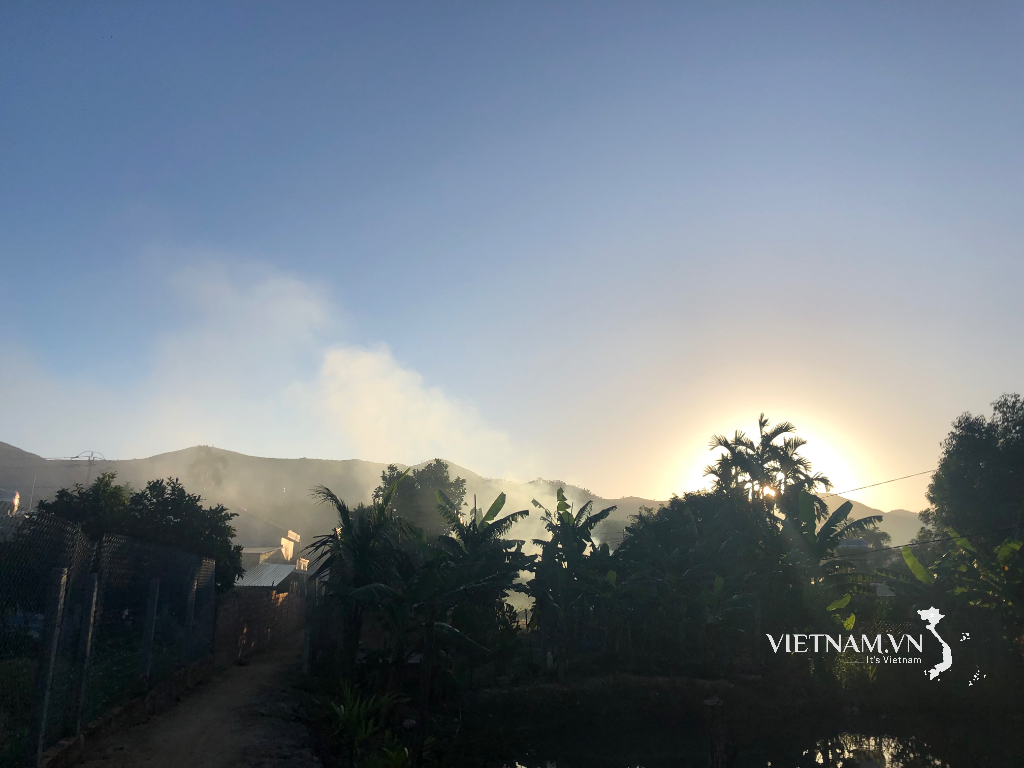The US relies heavily on beef from Brazil, Australia, New Zealand and Uruguay. However, the tariffs – including a total of 76.4% on Brazilian beef – have caused exports from these countries to plummet. Brazil, the world’s largest beef exporter, has been forced to turn to other markets such as China, while supplies from Australia, New Zealand and Uruguay have also declined.
The supply crunch has added to the pressure on the market, which is already at its lowest level in nearly 75 years. Ranchers are struggling to rebuild their herds as drought has reduced pasture and increased feed costs.
Double-digit import tariffs on some fertilizers have increased the cost of growing corn and soybeans, key feed ingredients. Tariffs on steel and aluminum have also pushed up the cost of farm machinery and repairs, reducing farmers’ ability to reinvest.
Prices for many unprocessed beef products rose 12–18% year-over-year in September, according to the US Bureau of Labor Statistics’ consumer price index. Meanwhile, US President Donald Trump said Argentina would soon start exporting beef to the US under an October deal to help lower prices, but the National Cattlemen’s Beef Association warned that the move could be detrimental to rural areas.
The USDA acknowledges that cattle herds continue to shrink and has announced several initiatives to support expansion. In addition to cost pressures, the industry is concerned about the risk of a resurgence of the NWS fly after it was discovered in Mexico, prompting the US to temporarily suspend beef imports from that country.
Source: https://vtv.vn/thue-quan-day-gia-thit-bo-my-len-muc-ky-luc-100251114082823994.htm


![[Photo] Unique art of painting Tuong masks](https://vphoto.vietnam.vn/thumb/1200x675/vietnam/resource/IMAGE/2025/11/14/1763094089301_ndo_br_1-jpg.webp)



![[Photo] Unique architecture of the deepest metro station in France](https://vphoto.vietnam.vn/thumb/1200x675/vietnam/resource/IMAGE/2025/11/14/1763107592365_ga-sau-nhat-nuoc-phap-duy-1-6403-jpg.webp)





























![[Photo] Special class in Tra Linh](https://vphoto.vietnam.vn/thumb/1200x675/vietnam/resource/IMAGE/2025/11/14/1763078485441_ndo_br_lop-hoc-7-jpg.webp)








































































Comment (0)